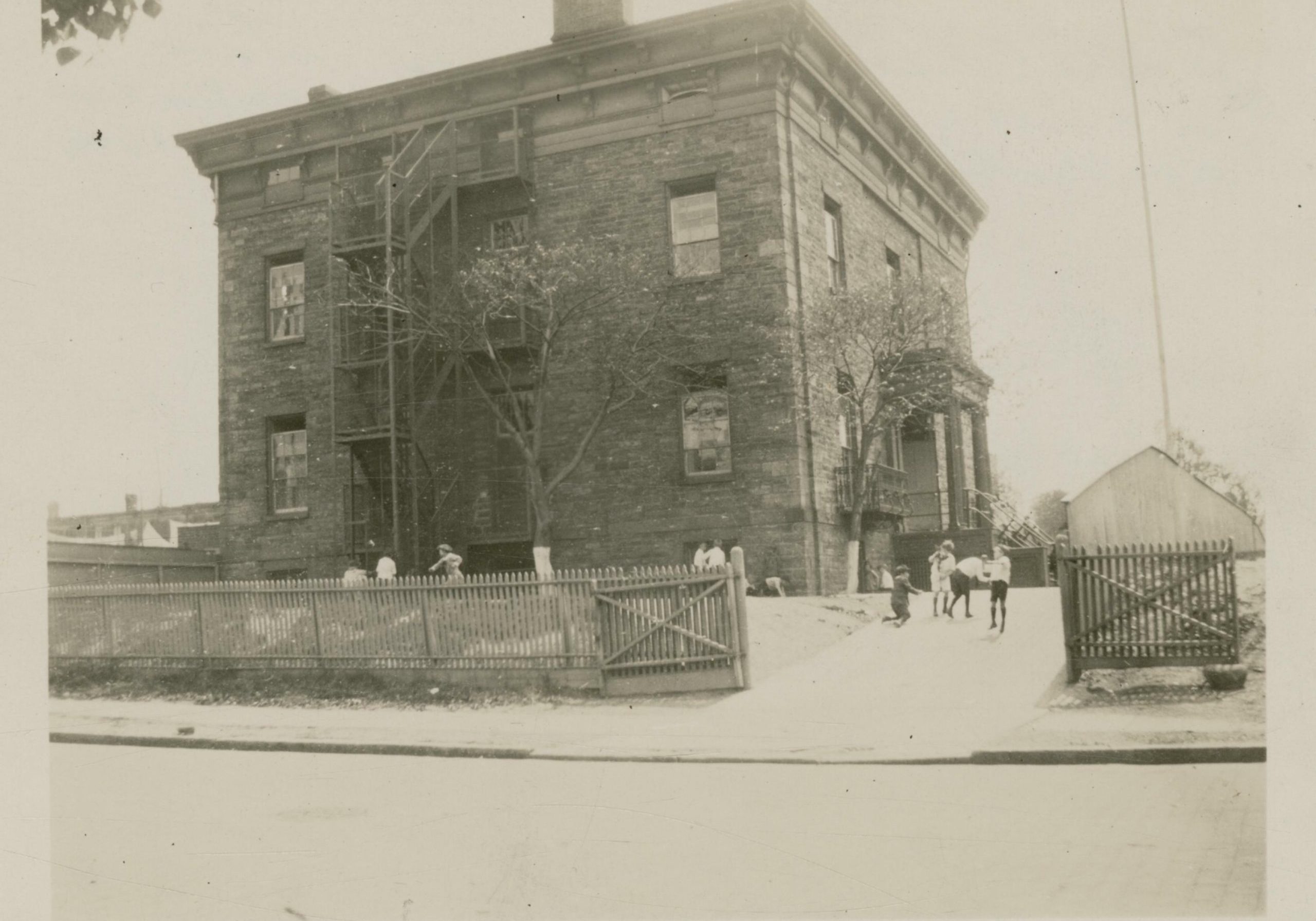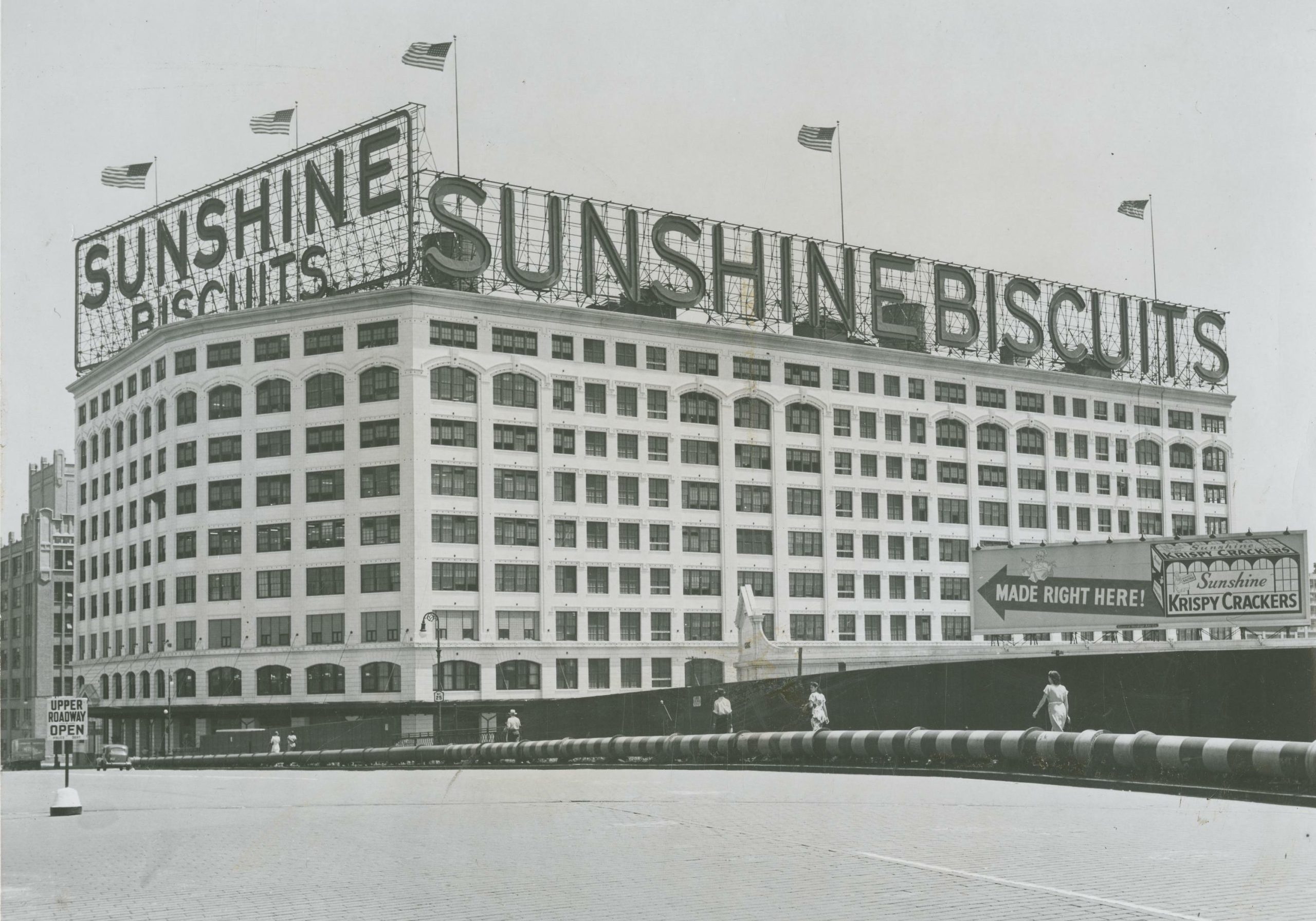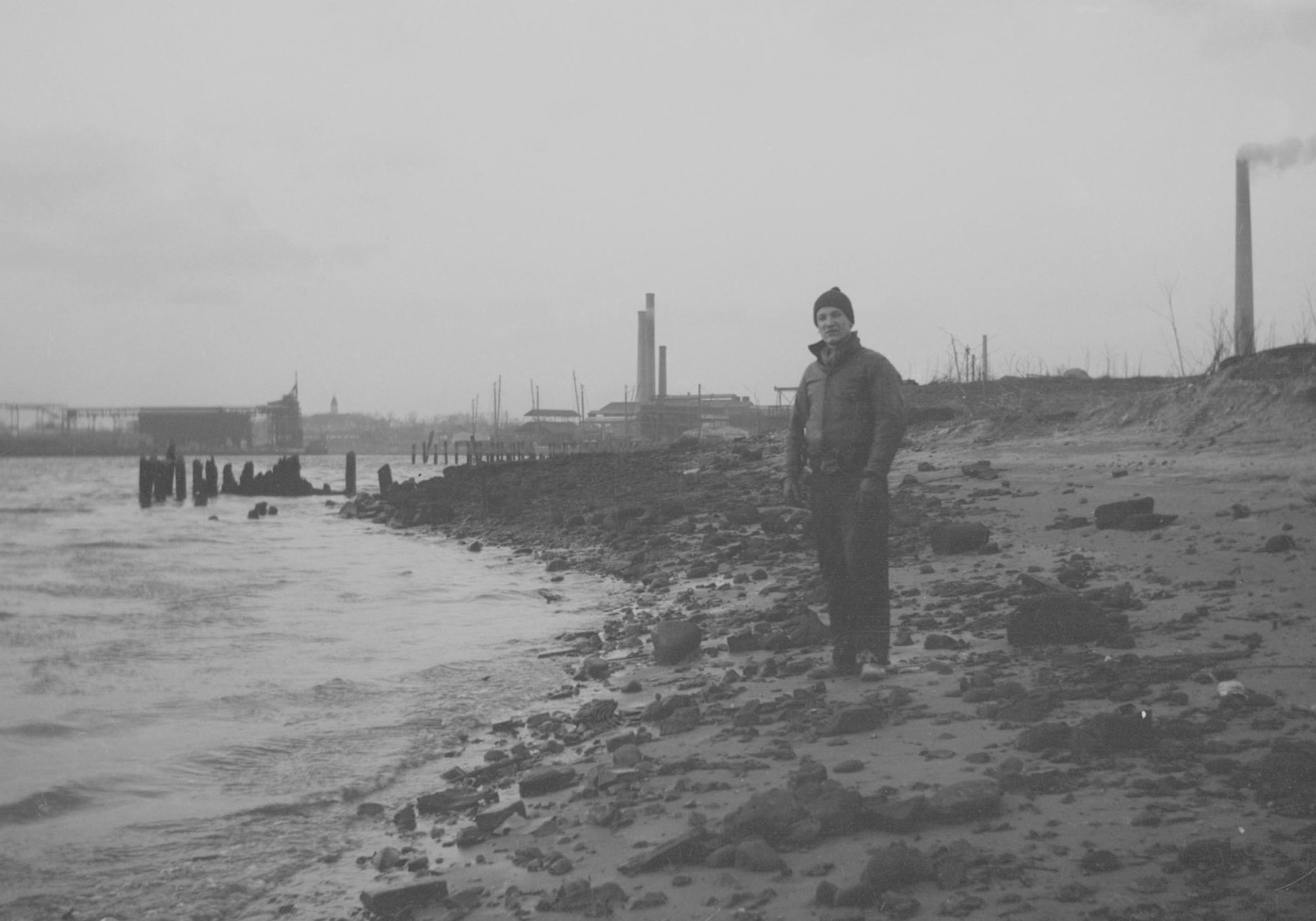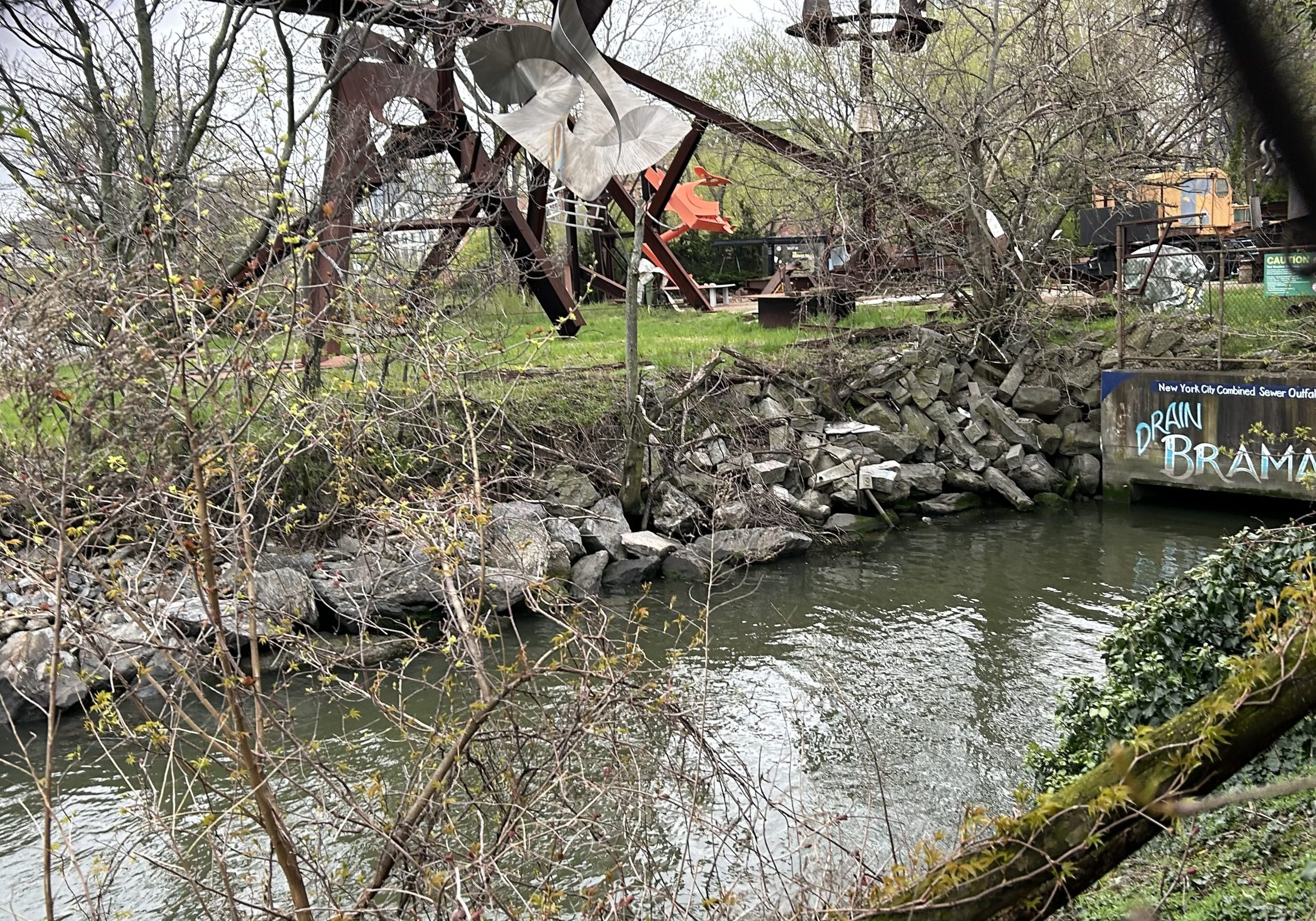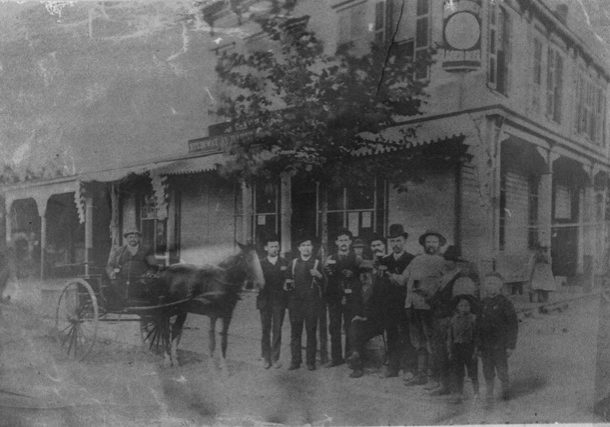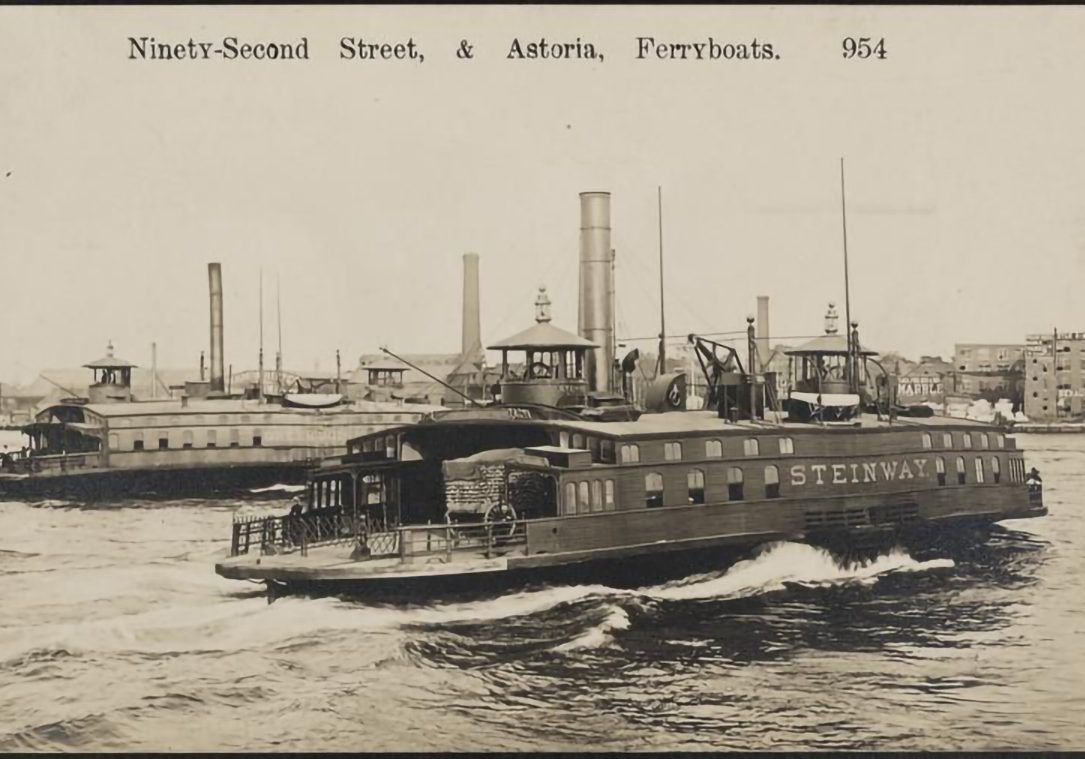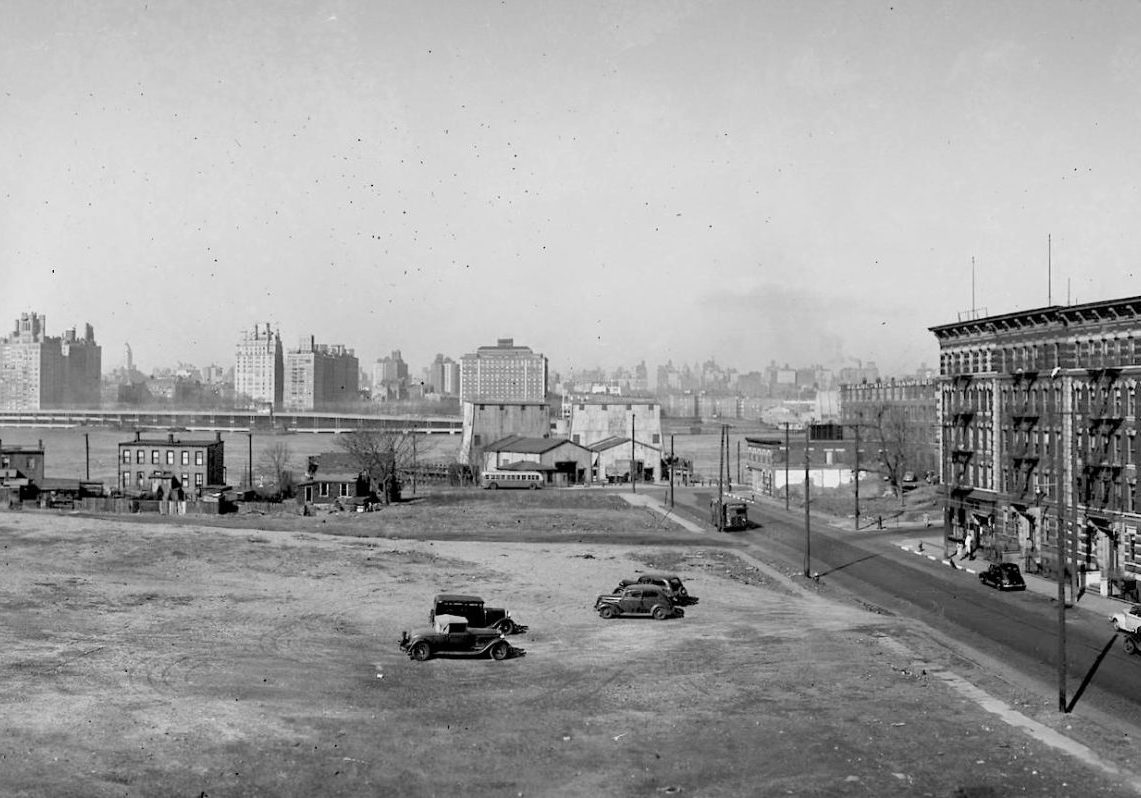When Johnny Came Marching Home: Astoria and The Great Was
On February 27, 2011, Frank Buckles, the last surviving American to serve in the Great War died peacefully at his home in West Virginia at the age of 110. The war in Europe which began in the summer of 1914 ended in November of 1918. Thousands of men and women from New York City fought and dozens of Queens residents including Corporal William A. Leonard, editor and chief of the Flushing Daily Times, was killed in action on the battle fields of France. A total of 367,864 New York State residents fought in the war. At war’s end, It took troops more than two months to be processed out of service and board ships bound for America.
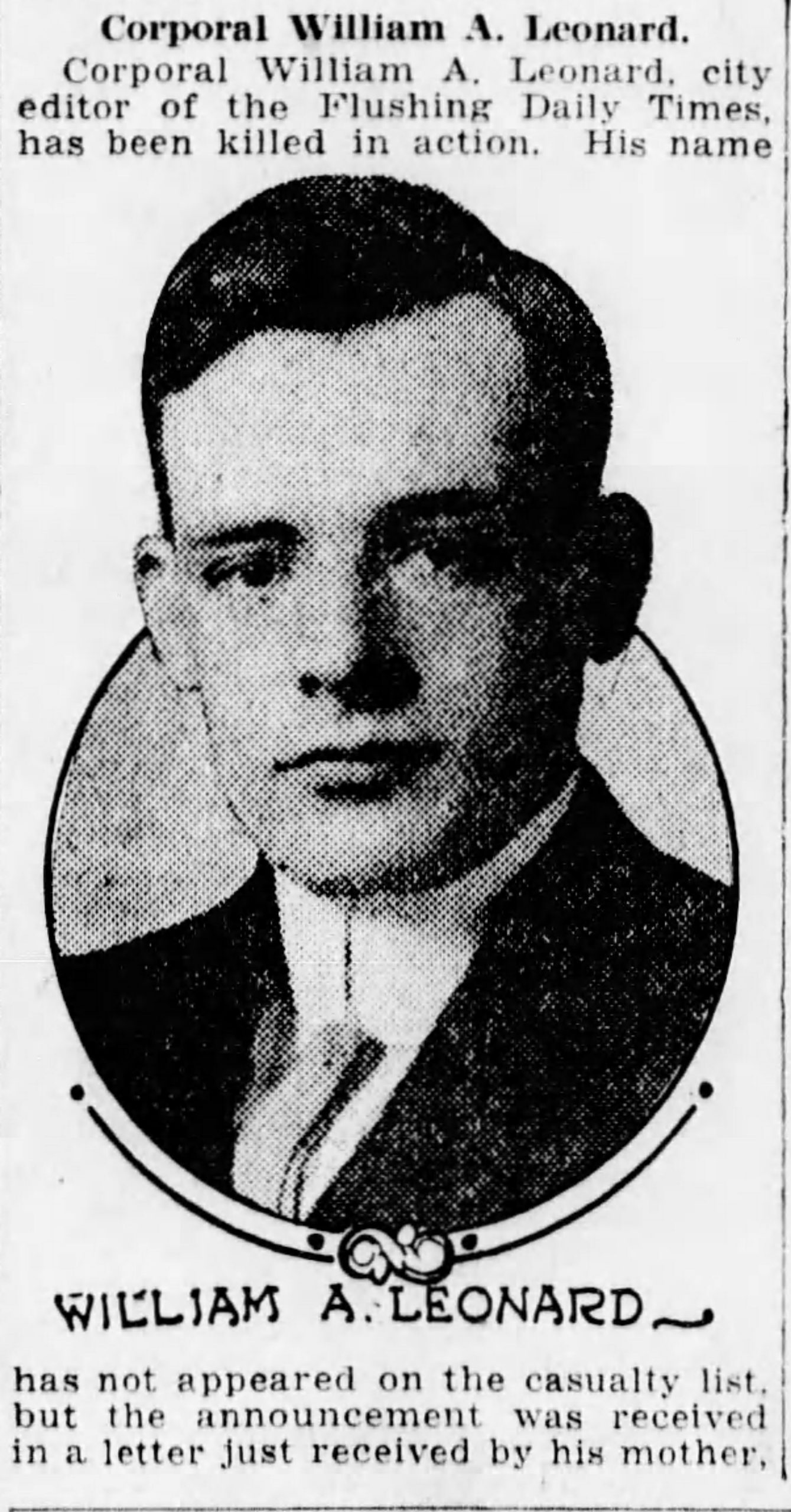
And so it was in January of 1919, that Long Island City came into the national spotlight as being one the largest arrival centers for returning veterans from home from World War I. In 1919, more than 1 million soldiers arriving home from Europe entered through the port of New York, half of whom then boarded ferry boats and entered through Long Island City at the ferry terminal located at the foot of Borden Avenue.
Thousands of troops arrived daily where they quickly boarded trains and were evacuated to Camp Upton in Suffolk County, Long Island where they are demobilized and treated from injuries and also quarantined due to the great Influenza pandemic.
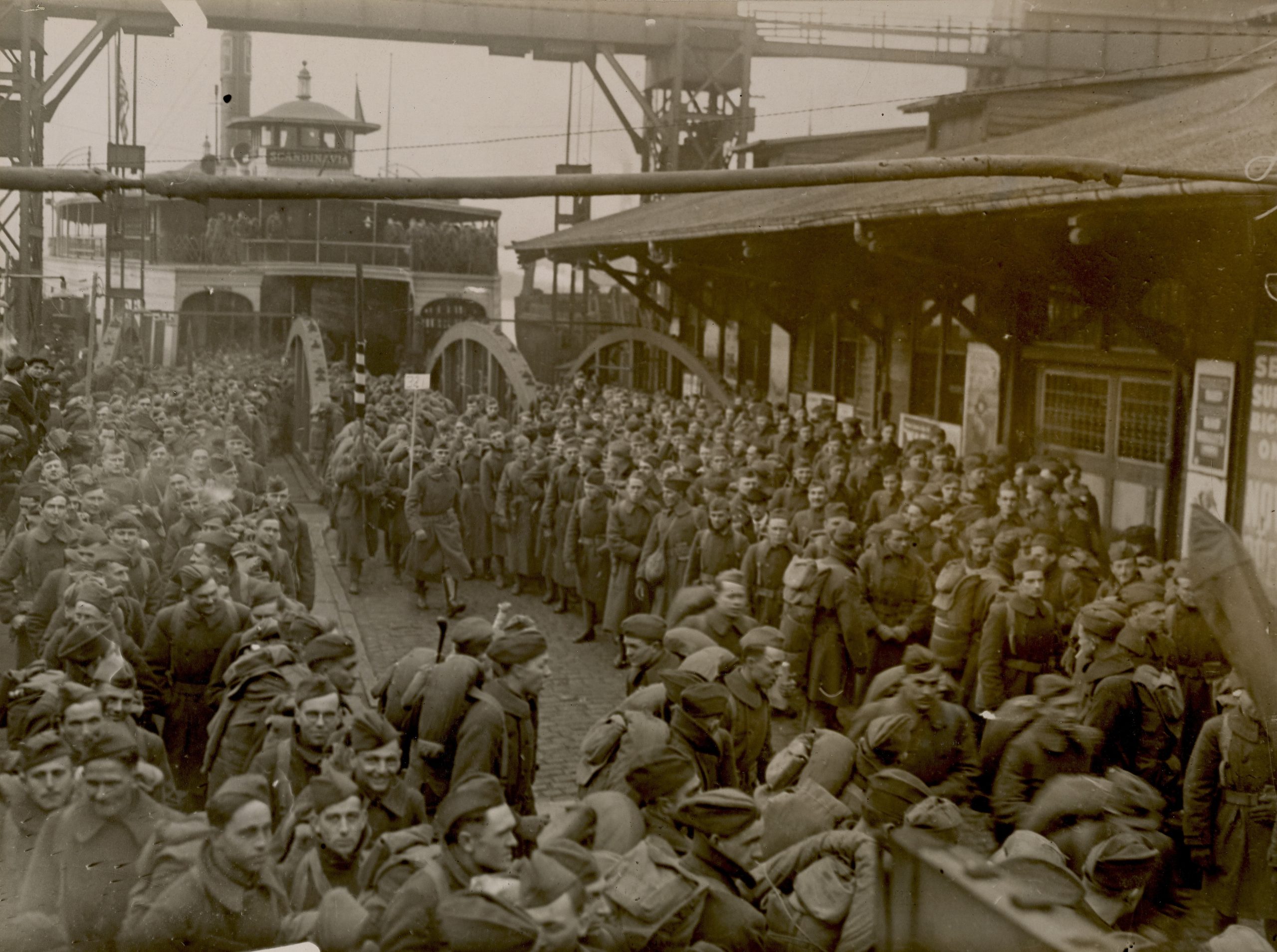
The Long Island Rail Road in partnership with the office of New York City Mayor John Francis Hylan, established the ‘Committee of Welcome to Homecoming Troops’. In the January 10, 1919 issue of The Brooklyn Daily Eagle, the committee stated that its efforts would help to further the, “necessity of decorating the ferry slip and station to make it a more cheerful and welcoming place for the soldiers who here set foot for the first time on the solid ground of the U.S.A after months in France. While these returning soldiers are enthusiastically greeted each day as troop ships arrive in the harbor, their reception when they actually land has been far from what they deserve. The ferry terminal and station in Long Island City needs repainting to brighten it up along with flags and bunting to make it more cheerful.”
Two weeks later on January 25th, more than a 1,000 family members braved the biting cold, crowded the ferry terminal at the foot of Borden Avenue, to welcome home the soldiers of the 59th Artillery. The troops reached Queens on the ferryboat Highlander. The soldiers of the 59th Artillery came ashore at 3pm after a brief 10 minute jaunt across the East River from lower Manhattan and were welcomed by women volunteers of the Long Island City Red Cross who greeted them with sandwiches, cake and coffee.
The Eagle interviewed one of the many police officers onsite to manage the crowd at the ferry terminal. “It’s no trouble to put a crowd back at a fire or a parade because there ain’t much heart in it. But say, every man and woman here has a boy coming in and he has been saved from hell. Of course they want to see him and give him a hug. If my boy was coming home, they couldn’t hold me back. But my boy is never coming back.”
Mrs. Waters of Long Island City saw her boy James as he emerged from the ferry slip. “Jimmy, Jimmy, Jimmy, Jimmy,” she screamed and jumped as in hysteria and waved a small American flag. Jimmy, a bronzed, red haired boy shouted back Hello, mother!, as described in the Eagle. Jimmy’s mom hugged him followed by his sisters and brother who tackled him with joy as they all fell to the cobble stoned pavement in a heap of joy.
The Queens Borough Chamber of Commerce was on hand displaying a huge “Welcome Home” banner along the East River on the approach to the Long Island City ferry. The committee had raised more than $5,000 ($92,500 in 2024 money). The enormous banner read, ‘Welcome Home-Borough of Queens, New York City’ painted Red, White and Blue. The letters were large enough to read from the Manhattan side of the East River. On either side of the banner were erected huge portraits of President Woodrow Wilson and Army General John J. Pershing. As the troops entered Long Island City, the Bryant High School marching band was present playing timely sounds like “You’re a Grand Old Flag” and “When Johnny Comes Marching Home.”
In the following years monuments to approximately 14,000 New Yorkers killed in the war were soon constructed across the state to honor their sacrifice.










